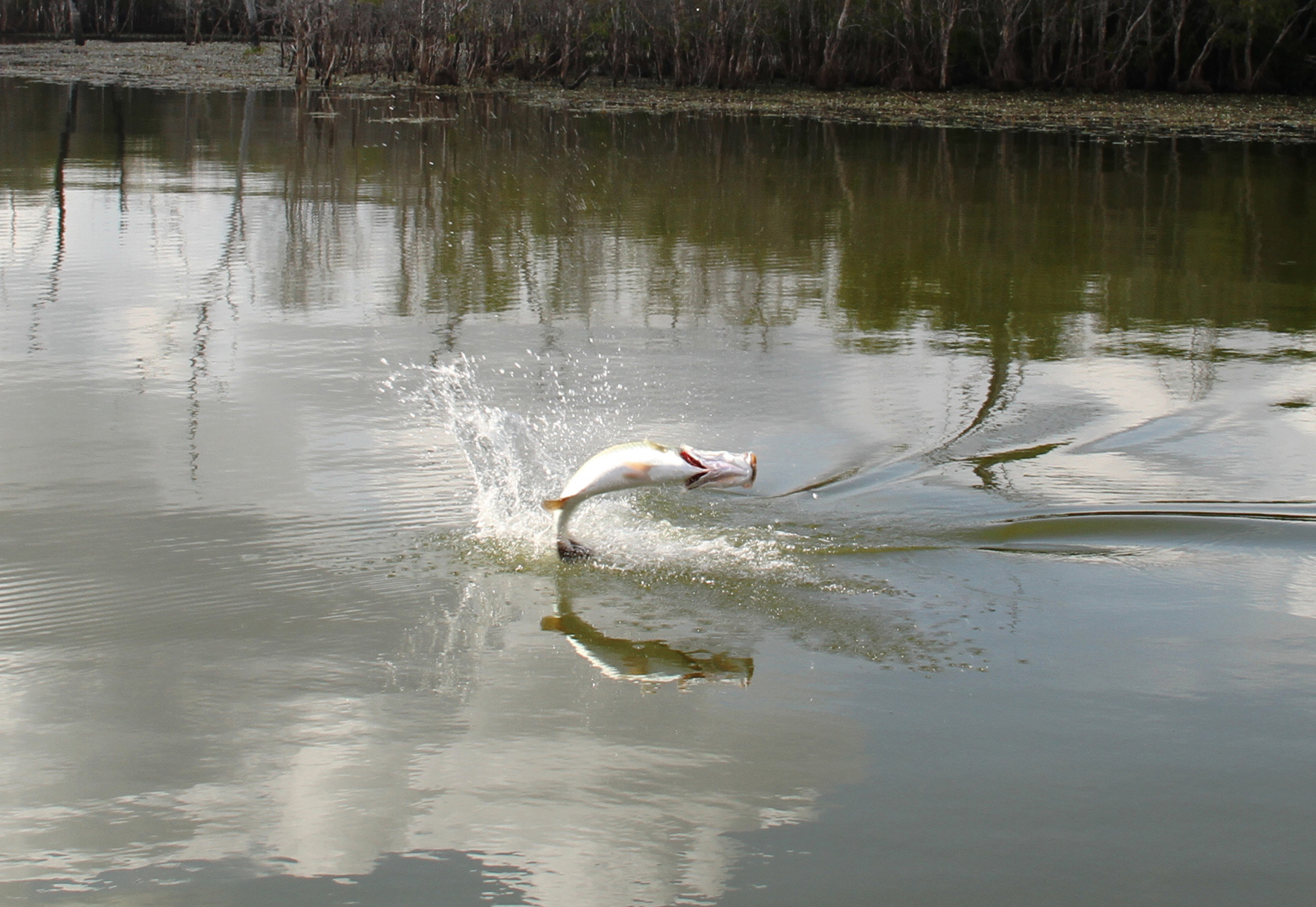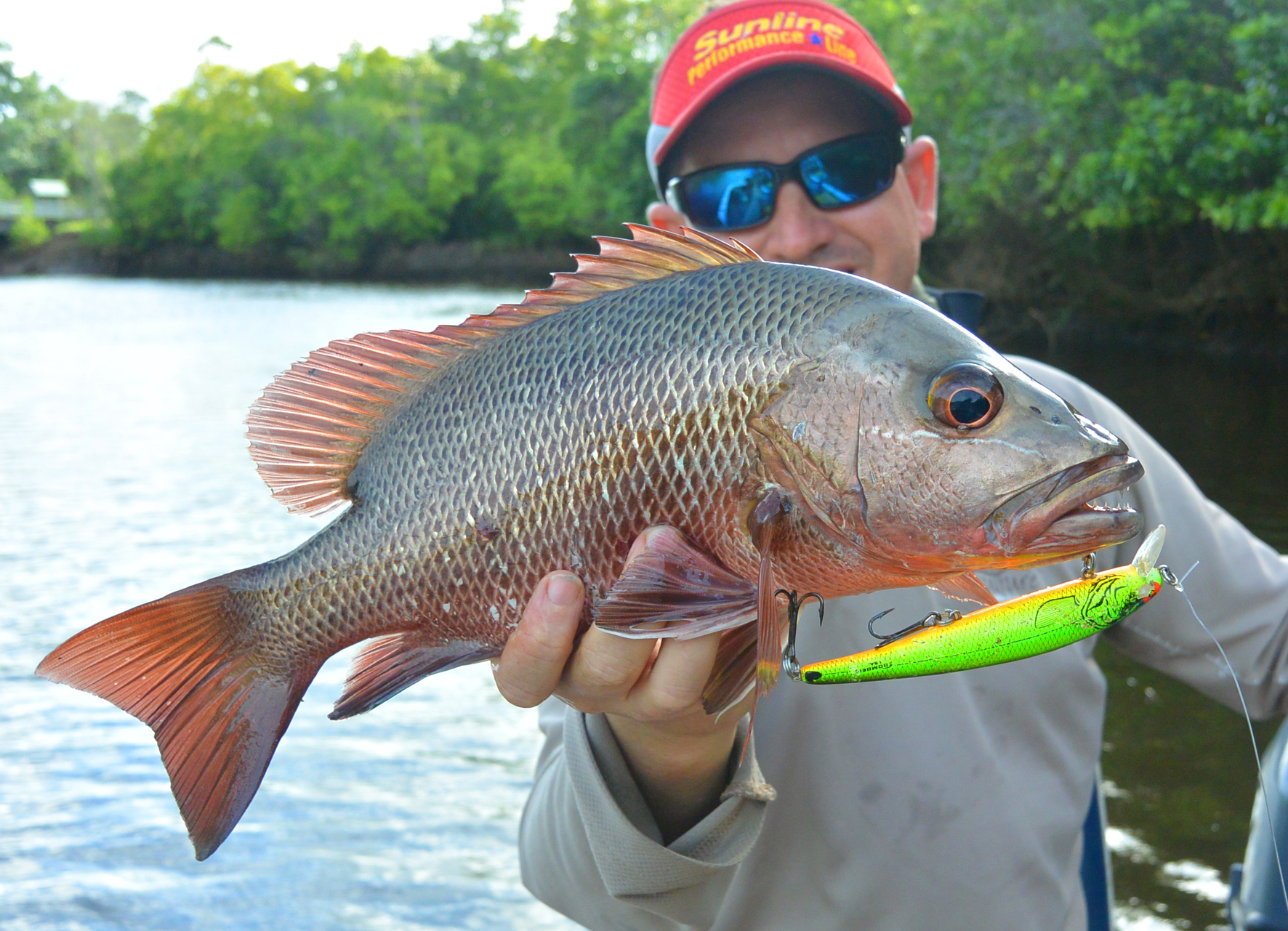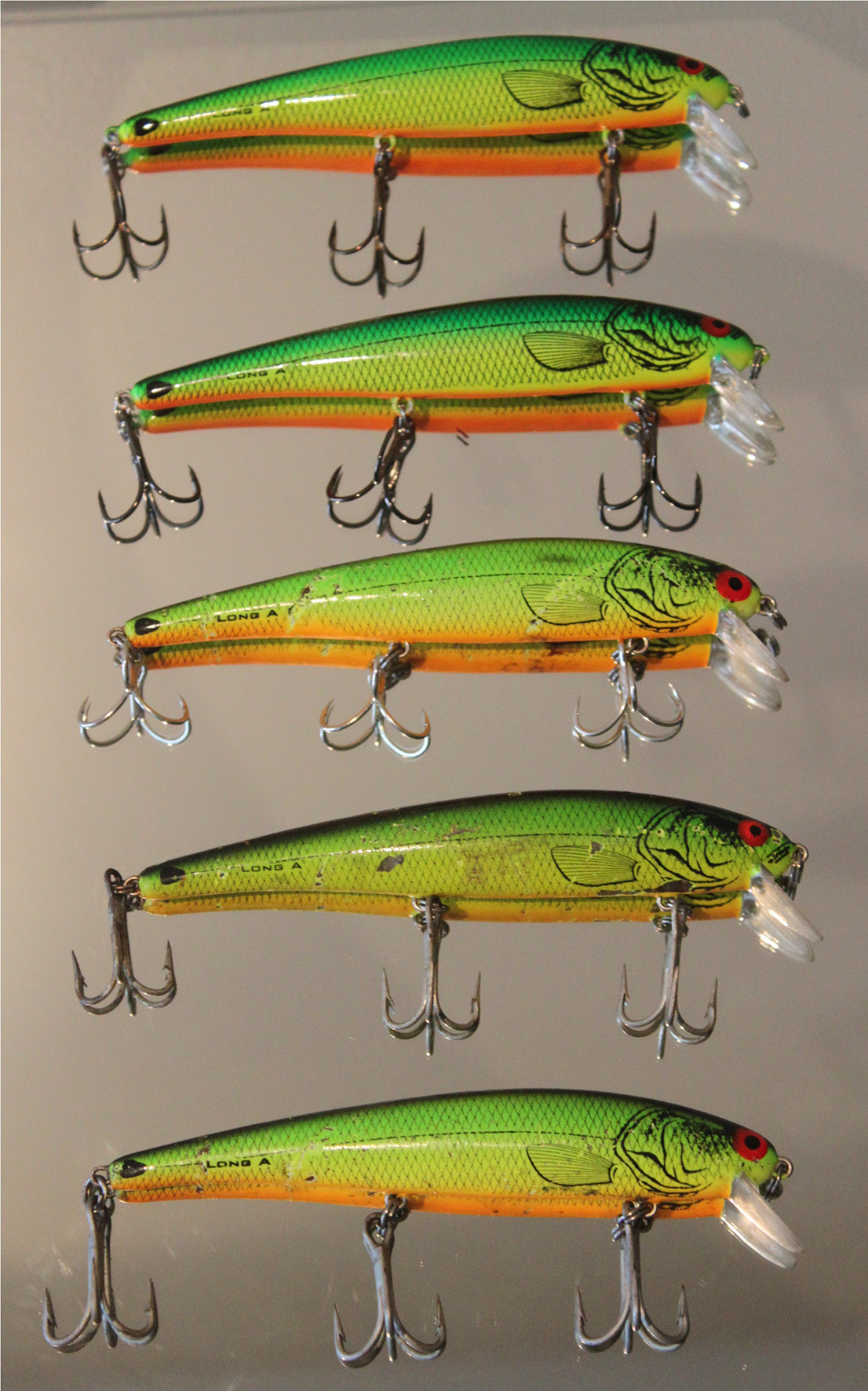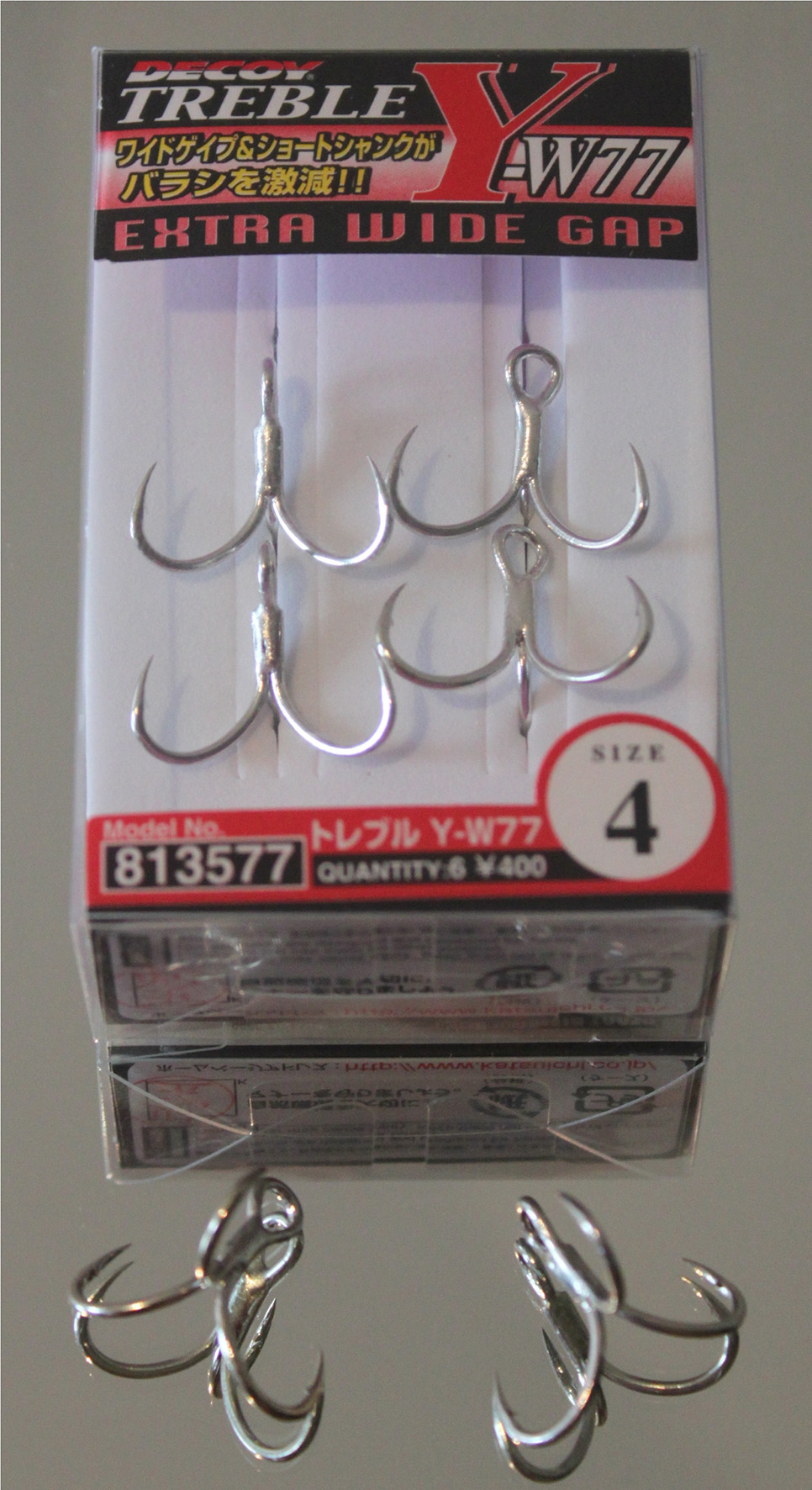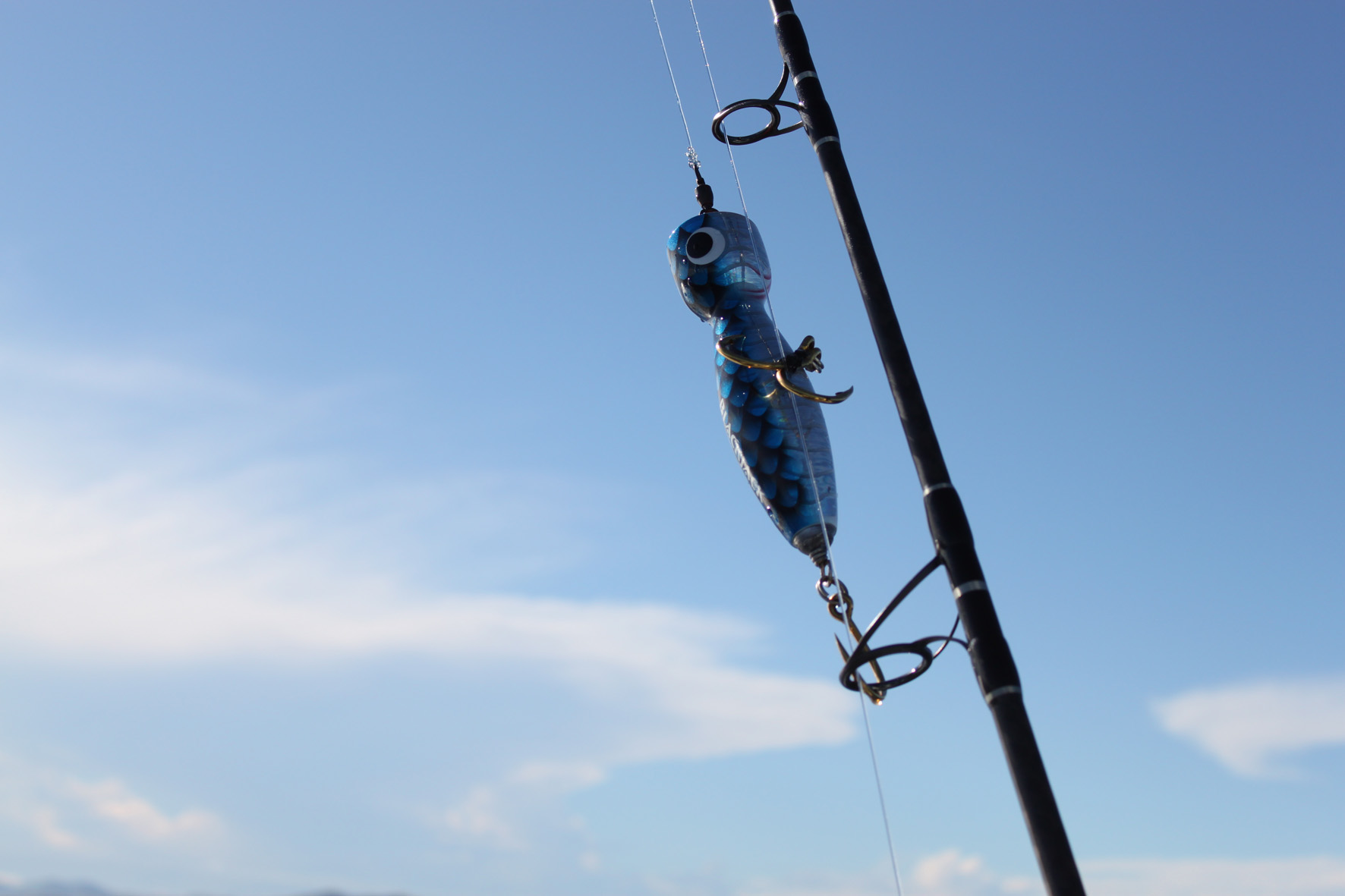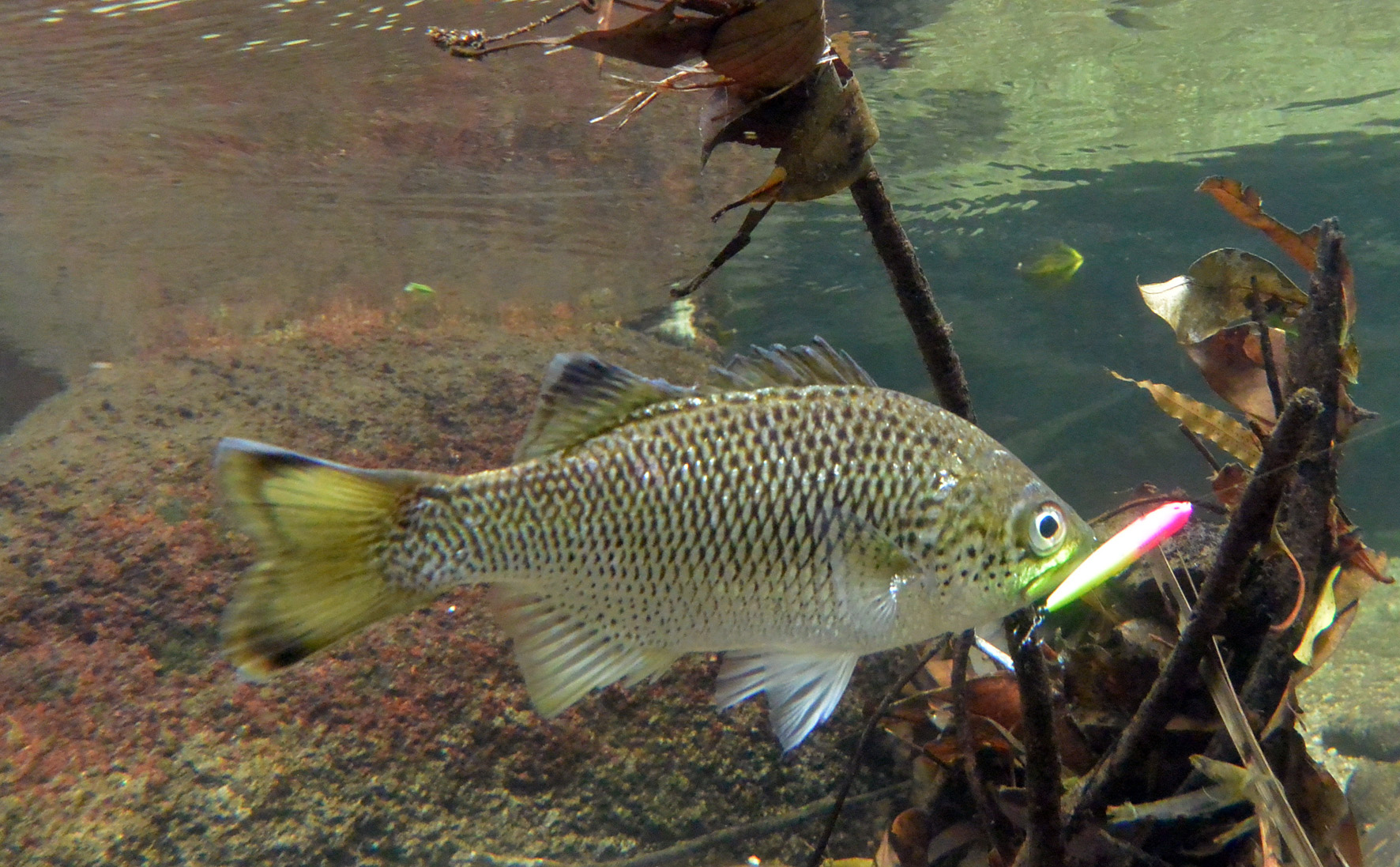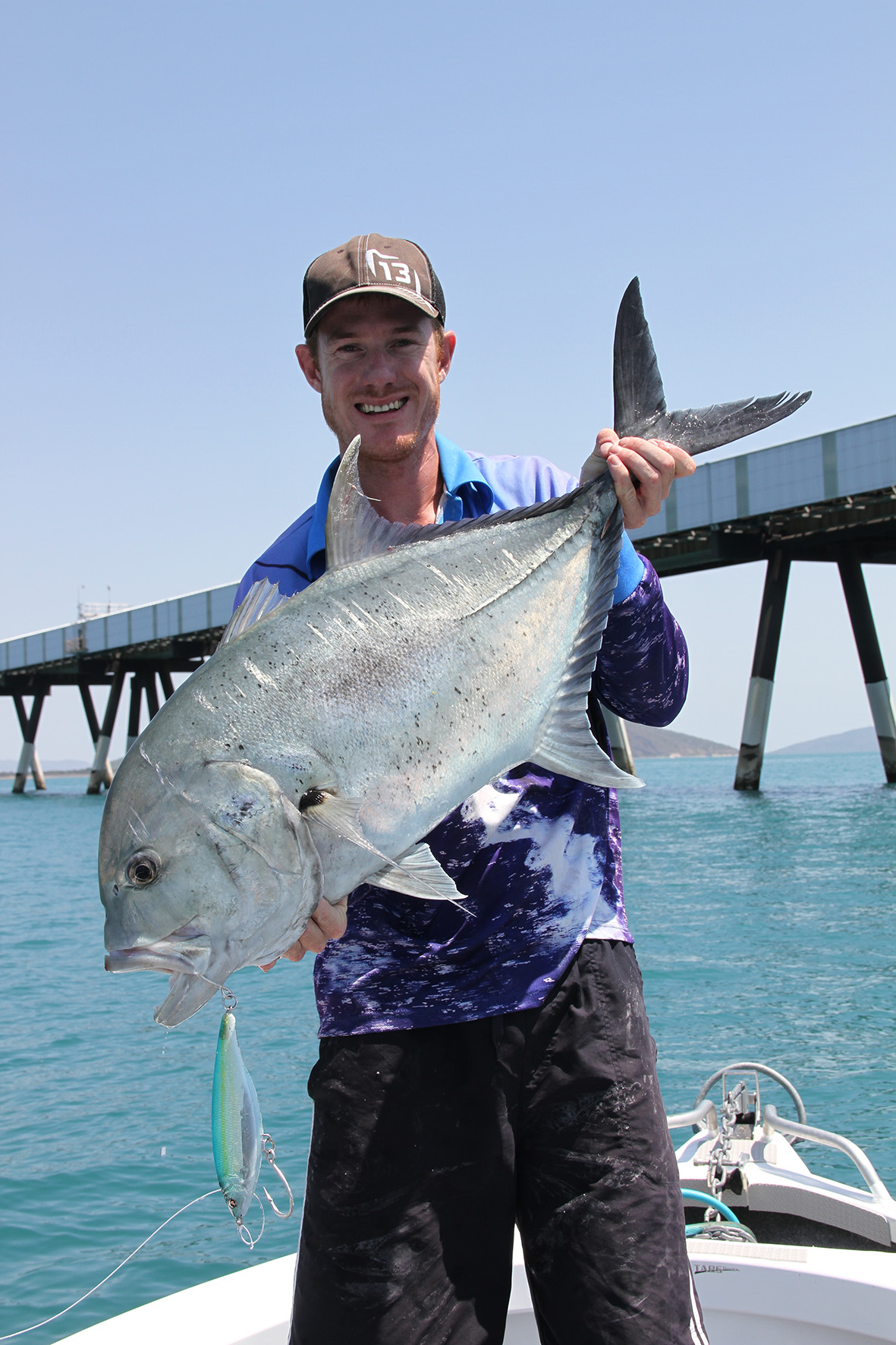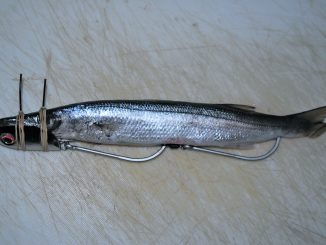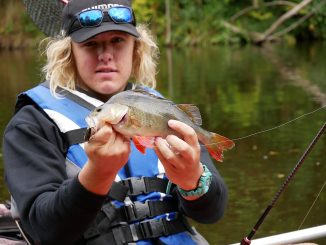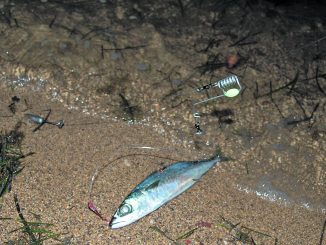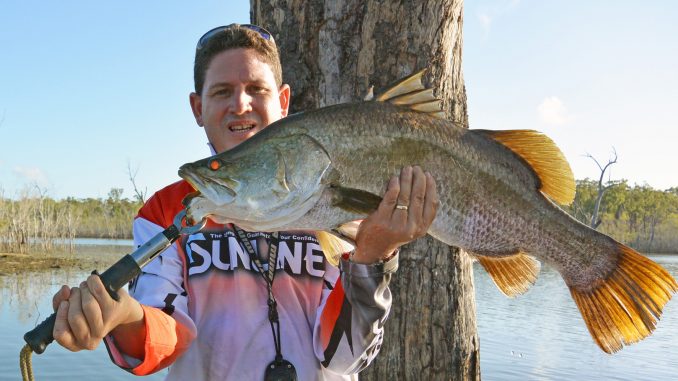
by Dan Kaggelis •
It’s hard to find an angler that doesn’t love lures. The prospect of flicking out an artificial offering and fooling a fish into feeding is hard to beat. While lure fishing may seem pretty straight forward, in reality it can throw up its challenges, especially when you begin to make adjustments and modifications.
Basic modifications
The smallest extra bit of weight here or the lack of weight there can have a dramatic effect on the performance, action and most importantly, fish catching ability of your lure. Understanding the pros and cons of lure modification is an essential step to lure fishing success and here are a few tips to help you on your way.
Probably the biggest modifications undertaken by lure angler are the replacement or modification of terminal gear such as split rings and treble hooks. The main reason for this is many lures come with lighter gauge hooks and rings, which can be a weakness when targeting large fish. The reason for this is pretty simple, and it’s because the rings and trebles are often the most expensive items in terms of production costs per lure for the manufacturer.
Admittedly, many lure manufacturers are now selling lures with quality terminals, however, there will always come a time when hooks and rings need to be replaced. The issue with upgrading, changing or modifying rings and trebles is you begin to play with the balance, weight and design dynamics of the lure. There are both pros and cons to consider when terminal changes are to be made.
Modification pros
The obvious pros are heavy rings and trebles will provide a better success rate when targeting big fish. For example, when chasing power houses like big barra and giant trevally without the use of heavy set hooks and rings, your chances of landing a fish dramatically decrease as they will straighten out the steel in no time. There is an incredible amount of pressure on terminal gear in a fight with a big fish, especially when heavy drags are applied or the fish gets hooked in an awkward position.
The other less obvious pro to changing up your terminal gear is the change in weight can create a suspending, sinking or floating effect on your lure. Heavier trebles or rings can make your lure sink faster, suspend and swim deeper or alternatively, lighter terminals can have the opposite effect. Sometimes these changes can be really significant and can be really useful when trying to get in the strike zone.
Sometimes a change in terminals, even as small as the use of heavier split rings, can turn a floating lure into one that suspends or rises incredibly slowly. These newfound abilities are often what separate those who catch fish and those who don’t. In fact, many lure anglers will spend plenty of time on the water testing the effects of such changes before throwing them into the fray.
Pool testing is also a good idea, however, remember the level of salinity will always effect the action, suspension and sink rates of lures. As always, time on the water is hard to beat.
Modification cons
Obviously there are also cons to lure modification. The most obvious is the effect on swimming action, which is often what is sacrificed when going to heavier terminals. While most still swim the same, it is often the side-to-side roll that is lost when moving to heavier terminals.
Some lures can become like dead weights and become almost like stickbaits, which require plenty of rod manipulation to get them to perform. Some of my favourite hardbodies and vibes in particular become really ineffective when fitted with upgraded hooks and rings, so it can often be a case of finding a compromise between drag pressure and terminal strength (praying sometimes helps as well when you hook a big one!)
The other con of modifying trebles and rings is the lack of movement your trebles can have due to the thickness of the tow points. Many lures have small tow points, which makes using heavy duty rings difficult as they just don’t fit. This can create a restricted movement of your trebles, which can also affect the way your lure can swim.
When it comes to the extra weight creating issues, there are ways around this and lures running three trebles are very useful. They allow the angler the opportunity to compensate for the extra weight of the heavier terminals by removing the middle hook entirely without losing too much hook up effectiveness of the lure.
Using single hooks are also an option, as heavy set singles can weigh far less and tend to have less an impact on the swimming action of lures. They are also much less damaging on fish and when you do hook up they tend to stay on a bit better then trebles. However, at the same time your lure has less hook points, which mean hook ups are harder to achieve.
Another very viable option is to use a different design of treble, such as a wide gape treble. These trebles have a much wider mouth then your standard ‘J’ hook treble construction, which means there is less pressure placed on the hook point during the fight. This allows for a lighter gauge and lighter weight hook to be used without compromising too much strength. That’s not to say they still don’t get bent straight, of course, but can be very handy on lures that don’t respond well to change.
Another really cool option is to use doubles or devil hooks. Doubles are really strong as well and are perfect for light lures that just can’t take any form of heavier gauge treble. They are a top alternative and are becoming more common in tackle shops as well.
The final con of modifying your trebles is your penetration rate. Small lighter gauge trebles have awesome penetration as they can slice through skin and find their way between cartilage and bone quite easily. Thicker gauge hooks have much more resistance and thicker points making them harder to sink below the barbs. To get around this it is a good idea to buy and use a hook sharpener. Sharpening your hook points when using these heavy gauge trebles and hooks is really important and can be the difference between landing a trophy or watching one throw the lure back at you.
Other modifications
While terminal modifications can have a dramatic effect on lure performance, there are other ways also to modify your lures. One of my favourite modifications is to make slight adjustments to hardbody lure bibs. The slightest bend downwards or sideways can sometimes bring some pretty cool actions to lures.
Often a tweak to the side will make the lure side flash or roll to one side, which can create a more wounded baitfish effect. Alternatively, a tweak upward can see the lure swim shallower. Older metal-bibbed lures were a little easier to play with, but plastic bibbed lures can still be adjusted quite easily. The key is to make very small adjustments and to take a softy softly approach.
If you are really keen to modify your lures than, why not try playing with different toe points or even drilling a hole here or there, as this can see the creation of bubble trails. Taking it to the extreme, you can also achieve some really cool bent minnow style effects by simply applying some heat in the right places, especially with many plastic moulded hardbodies. Alternatively, if you live in North Queensland you can just leave them on your car dash!
Get modding!
Modifying your lures is a great way to bring something individual and different to the fish that they otherwise wouldn’t see. Often it is this subtle change that can brings results.
The best thing about it is that it costs very little and it can be a whole lot of fun. Have fun with your modifications!

